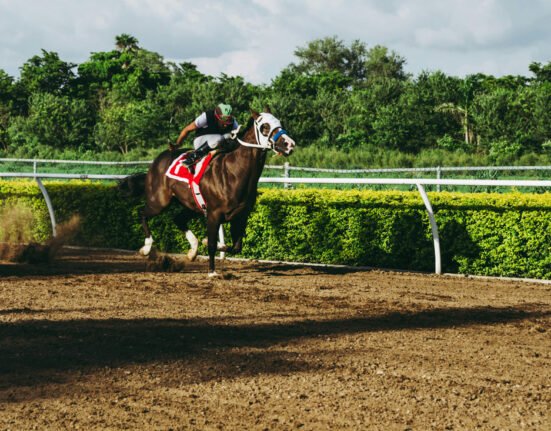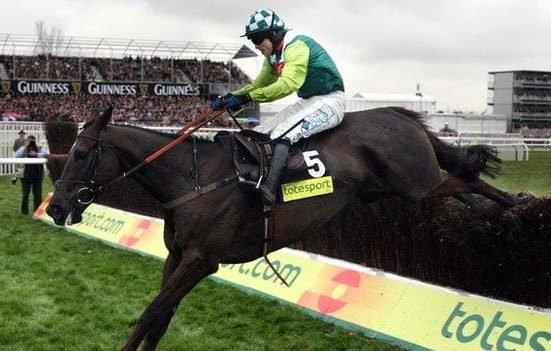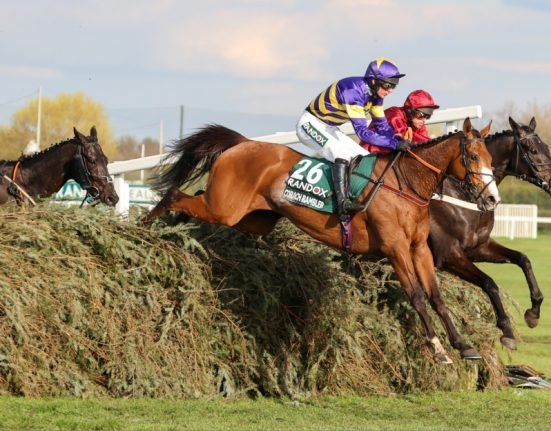How to Analyse Race Form and Spot Key Indicators: A Bettor’s Guide to Reading Like a Pro
Alright, let’s be real – race forms can look intimidating. All those numbers, symbols, and abbreviations make it feel like you’re trying to crack a secret code rather than place a bet. But don’t worry, I’m here to break it down for you. By the end of this post, you’ll be reading race forms like a pro and spotting the key indicators that separate the winners from the pack. Let’s dive in!
—
What Even Is a Race Form?
Think of a race form as a horse’s résumé. It’s got all the juicy details about their past performances, their strengths, their weaknesses, and sometimes even their quirks (looking at you, “prefers soft ground”). It’s basically a cheat sheet for anyone looking to place a bet – and trust me, knowing how to read it gives you a *huge* edge.
Race forms usually include things like the horse’s name, jockey, trainer, recent finishes, weight carried, and track conditions. Sure, it’s a lot of info at first glance, but once you know what to look for, it’s like having a crystal ball for race day.
—
Start with the Basics: Recent Form
The first thing you want to check? The horse’s recent form. This is usually listed as a series of numbers and letters that show how the horse has finished in its last few races. For example:
– 1 means the horse finished first (yay!).
– 2, 3, 4, etc. mean second, third, fourth place, and so on.
– 0 means it finished outside the top ten.
– Letters like F, U, or P? These mean the horse fell (F), unseated the rider (U), or pulled up (P) – not a great sign!
Recent form gives you a quick snapshot of how the horse has been performing. If you see a string of 1s and 2s, that’s a horse in solid form. But if it’s littered with 0s and Fs, maybe take a closer look before placing your bet.
—
Weight: The Silent Game-Changer
Every horse carries a certain amount of weight, including the jockey and any additional weights assigned by the handicapper. Why does this matter? Because weight can seriously affect performance. A horse carrying less weight often has an easier time running, while a heavily weighted horse might struggle, especially in longer races.
Look for weight changes compared to previous races. If a horse performed well last time carrying 9 stone and now it’s carrying 10 stone, that extra weight could make a difference. Similarly, if the horse is carrying less weight, it might be ready to fly!
—
Track Conditions: The Ground Matters
Not all horses are created equal when it comes to track conditions. Some love a firm, dry track, while others thrive in the mud. The race form will often mention the type of ground, with terms like:
– Good: A balanced surface.
– Firm: Hard, dry ground.
– Soft/Heavy: Wet, muddy conditions.
If you see that a horse has been crushing it on soft ground but today’s track is firm, that might raise a red flag. On the flip side, if the conditions suit the horse’s preferences, it’s a major plus.
—
Jockeys and Trainers: The Dream Team
Never underestimate the importance of a good jockey and trainer. Some jockeys have a knack for getting the best out of certain horses, while others might not gel as well. Likewise, a trainer’s track record can give you a clue about the horse’s preparation.
Check the form for familiar names – a top jockey paired with a skilled trainer is usually a strong sign. Bonus points if the jockey has ridden the horse to success before. It’s all about chemistry!
—
Look for Patterns: Distance and Course
Horses, like people, have their sweet spots. Some are sprinters, thriving in short, fast races, while others are built for endurance over longer distances. The form will tell you the distance of previous races and how the horse performed.
Also, check the course type. Some horses have a favourite track where they always seem to perform well. If you see a pattern – say, a horse winning multiple times at today’s track and distance – that’s a strong indicator it’s ready to shine.
—
The Little Extras: Blinkers, Gelding, and More
Keep an eye out for details like blinkers (B) or tongue straps (T). These indicate equipment changes designed to help the horse focus or perform better. A horse running with blinkers for the first time might surprise everyone by suddenly hitting its stride.
Also, note if the horse has recently been gelded (G). While it sounds dramatic, it often leads to improved focus and performance. Little details like these can give you a sneaky advantage when analysing the form.
—
Putting It All Together
So, how do you use all this info? Here’s a quick example:
You’re looking at a horse called Thunderbolt. Its recent form shows 1-2-1, so it’s been performing well. The weight it’s carrying is slightly less than its last win, and today’s soft ground suits its preferences. It’s ridden by a top jockey who’s won with it before. Based on all this, Thunderbolt looks like a solid bet.
—
Final Thoughts
Reading a race form doesn’t have to be overwhelming. Think of it as solving a fun little puzzle before race day. By focusing on key indicators like recent form, weight, track conditions, and jockey-trainer combos, you’ll be making smarter bets in no time. And hey, even if you don’t win every time (because, let’s face it, this is horse racing), you’ll at least know you’ve made an informed choice.
Now go forth, grab a racing paper, and start spotting those winning indicators. Happy betting – and may the odds be ever in your favour!







